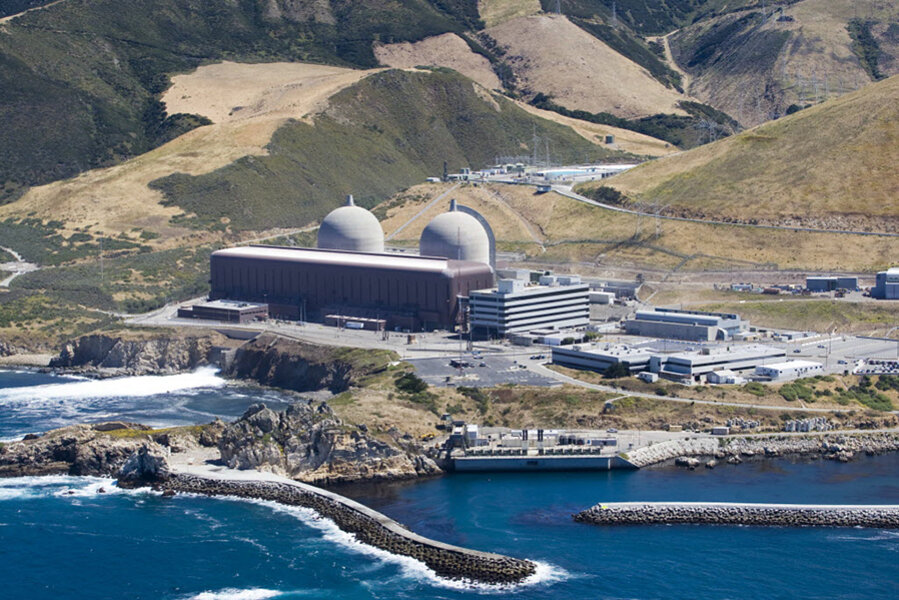California shutters its last nuclear plant, irking some environmentalists
Loading...
The closing of California’s last nuclear power plant, announced in a deal with environmental and labor groups on Tuesday, marks a key milestone, as one of the first states to embrace nuclear power has dramatically increased its focus on renewable energy sources.
Utility Pacific Gas and Electric (PG&E), which operates the Diablo Canyon Power Plant, said the state’s strong environmental standards, including a requirement that utilities produce 50 percent of their power from renewable sources by 2030, played a key role in its decision.
But for some environmental groups across the country, concerns about a resulting rise in greenhouse gas emissions following the closing of nuclear power plants, which produce almost no carbon emissions, has led to a shift away from aggressively campaigning for their closure.
The Sierra Club, for example, is debating whether to revamp its longtime strict opposition to nuclear power as it campaigns more intensively for the reduction of fossil fuel-producing coal and gas plants.
“We’re actively debating the timeline in which nuclear plants should be decommissioned as we reduce our reliance on coal and gas in the electric sector,” Michael Brune, executive director of the Sierra Club, told the Wall Street Journal this month.
With nearly a dozen nuclear reactors either already shut down or set to close in the next few years, the debate about the impact of nuclear power is ramping up just as PG&E announced it would shutter the power plants two nuclear reactors, located between San Francisco and Los Angeles, by 2025.
The deal, which must still be approved by regulators, including California’s Public Utilities Commission, could also cut costs and help resolve longstanding safety concerns about nuclear power.
With the state’s increasing wind and solar production and emphasis on energy efficiency, “there’s just not going to be enough need to have to run your nuclear plant,” PG&E President Tony Earley told reporters on Tuesday, according to the Associated Press.
But elsewhere, concerns loom about the impact closing nuclear plants can have on carbon emissions. After the Vermont Yankee plant in Vernon closed two years ago, power plants in New England emitted an additional 5 percent more CO2 in 2015 than during the previous year. It was first year-to-year increase since 2010, the Boston Globe reports.
Some environmentalists have even begun actively campaigning to keep nuclear power plants open. In Illinois, the Natural Resources Defense Council, the Sierra Club, and other groups have formed an unlikely alliance with Exelon, the largest owner of nuclear plants in the US, to reverse a deal to close two nuclear plants in the next two years, the Journal reports.
“It would take many years for the Illinois wind and solar sectors, which together comprise six percent of the state’s current generation, to grow enough to replace nuclear’s output,” a number of prominent environmentalists who oppose the closing of the Clinton and Quad Cities plants wrote in an open letter, saying the closures would lead to further coal and gas plants.
But in California, Diablo Canyon, which produces 9 percent of the state’s energy, has long been controversial and raised safety concerns. Advocates of closing the plants are hoping the changeover could spur even further investment in renewable energy.
In Los Angeles, for example, the police department bought a fleet of electric patrol cars this month. Under a sweeping law signed by Gov. Jerry Brown, the state must become twice as energy efficient by 2030.
Proponents say it’s the right decision for the state. “Although nuclear plants don’t produce greenhouse gas, there are good and cost-effective 21st-century alternatives to an energy source from the last century,” wrote the Sacramento Bee’s editorial board.
“Perhaps PG&E should have acted sooner…But the utility is making the right decision by extricating itself and California from reliance on nuclear power. For that it deserves credit.”





